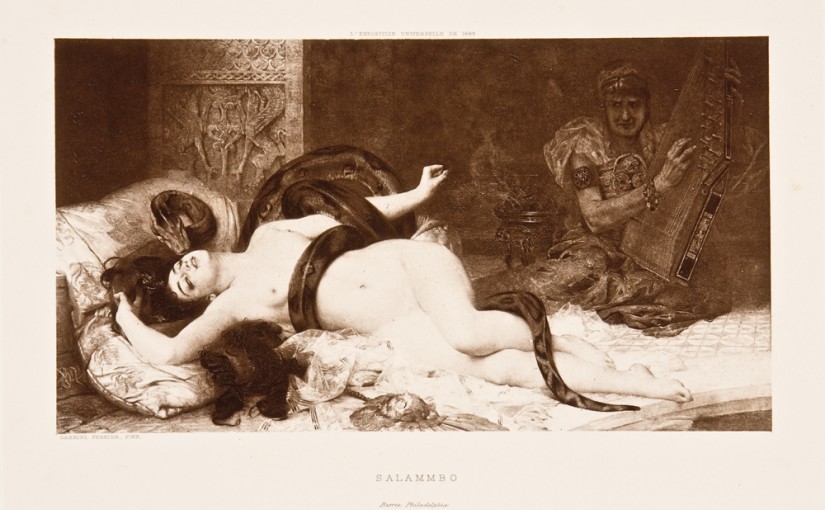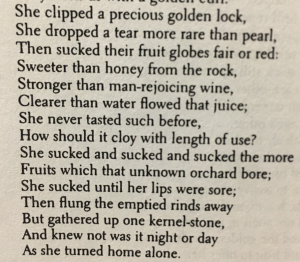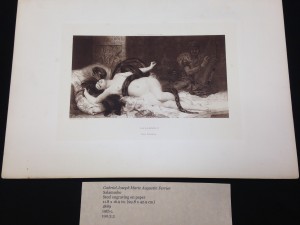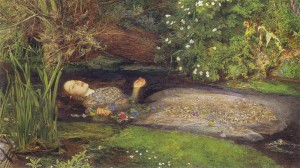I almost hate myself for this title, but it’s too relevant to this topic. Just look up the definition of “Daddy” on Urban Dictionary, and prepare to be grossed out (Depending on your kinks, I guess, but incest terminology is not one of mine.)
One of the most fascinating things about our culture today is the idea that older men are the gatekeepers of female sexuality. In our country today, our sex education system is totally screwed/skewed towards teaching “abstinence” and reinforced with things like “purity pledges” or “purity balls”. Similar to debutante balls in that girls are making their debut as women, instead of age-appropriate dates, their fathers sign a pledge to keep their daughters pure. If you look at the pictures, these girls look like child brides wedding their fathers. Their fathers are ultimately guiding them into the realm of ~womanhood~, and get to choose when they do this.
In Alice’s Adventures in Wonderland, Alice explores concepts of womanhood in a safe, dream world of Lewis Carroll’s making. He allows her to test the waters of femininity, so to speak, by caring for pig-babies, having tea parties, and changing sizes quickly. In the sequel, Through the Looking-Glass, Alice’s concept of the home is literally flipped, and she makes her way across a chessboard with the hope of becoming a “queen” at the end. Along the way, she learns about the backward nature of adulthood, and as a pawn, she can’t see the rest of the chessboard. It’s a metaphor, perhaps, that children cannot see the “big picture” of life – maybe a euphemism? Children don’t know the “birds and the bees” – or the way adults procreate? They don’t quite have knowledge of mortality or puberty, perhaps.
So just as Alice gets close to the end of the chessboard, she is rescued by a white knight. An older man, with kind eyes who helps/allows Alice to cross the river (menstruation reference?) to become a queen (an arguably less veiled metaphor for womanhood). He tells her that she will transform when she crosses the river. He believes that she’s sad, and therefore tries to cheer her up with a rhyme before saying goodbye. Is this chapter, this description about the White Knight seems like Lewis Carroll’s way of saying goodbye to Alice as she enters womanhood. It seems like he’s giving her permission to become an adult and to leave him (and possibly his affection, as he might not be as attracted to adult Alice as curious, childlike-Alice). In this way, he’s the gatekeeper of her sexuality. Only after he gives her permission and guidance can she leave him to “cross the river”.
And at the end of the next chapter, Alice is growing and shaking and yelling at the people around her until she wakes up two chapters later. A metaphor for sexual release perhaps, now that she’s received permission from her father figure?? It sure has another context when thinking about Lewis Carroll’s fascination with her.







 Image from Wikipedia (
Image from Wikipedia (